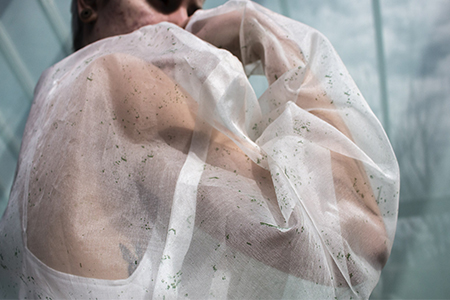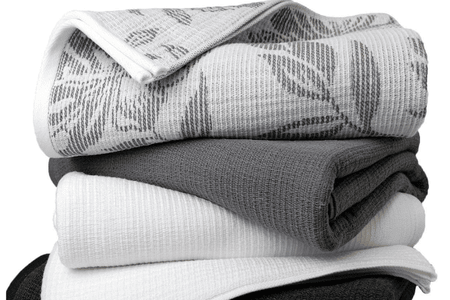
Can biogarmentry make a carbon negative impact?
YarnsandFibers News Bureau 2020-09-03 12:14:18 – British ColumbiaThe world has held the fashion industry responsible for microfiber pollution, carbon emissions from textile factories and other harmful impacts caused to the environment. A Canadian-Iranian designer has collaborated with scientists from the University of British Columbia to innovate a textile capable of absorbing carbon emissions.
The garment contains algae that have been fabricated into a textile that the team has termed Biogarmentry. This fabric can also photosynthesize as the prototype resembles cloaks.
With respect to the United Nations Environment Programme (UNEP), the fashion industry is responsible for over 10% of all the greenhouse gas emissions. The US Environment Protection Agency reported that American consumers buy most of their garments and footwear each year and dispose of over 70% of their closet each year.
Aghighi hopes that this change will help a new perspective on how people relate to their clothing. The biofabric comprises Chlamydomonas reinhardtii algae, which comes to life in the presence of water and sunlight for photosynthesis.
The designer Charlotte McCurdy explained that traditional textile materials such as hemp and cotton absorb carbon as the crops grow however they still emit carbon during the manufacturing process.
McCurdy has also explored the idea of algae-based fashion and has designed a raincoat made out of marine algae and other biodegradable compounds. She also stated that the Microalgae can be made into a powder to make fiber.
McCurdy explained that the algae would not be used to produce new plastic material but I meant to isolate carbon. The carbon-negative drive in the fashion space may soon be based on fabric derived from algae. However, outside the fashion industry biotechnology has been used to replace polyurethane plastics, fabrics, and make biofuel.
Market Intelligence
Ask for free sample Report

experience
Customer Base
dedicated team
Countries Served Worldwide









